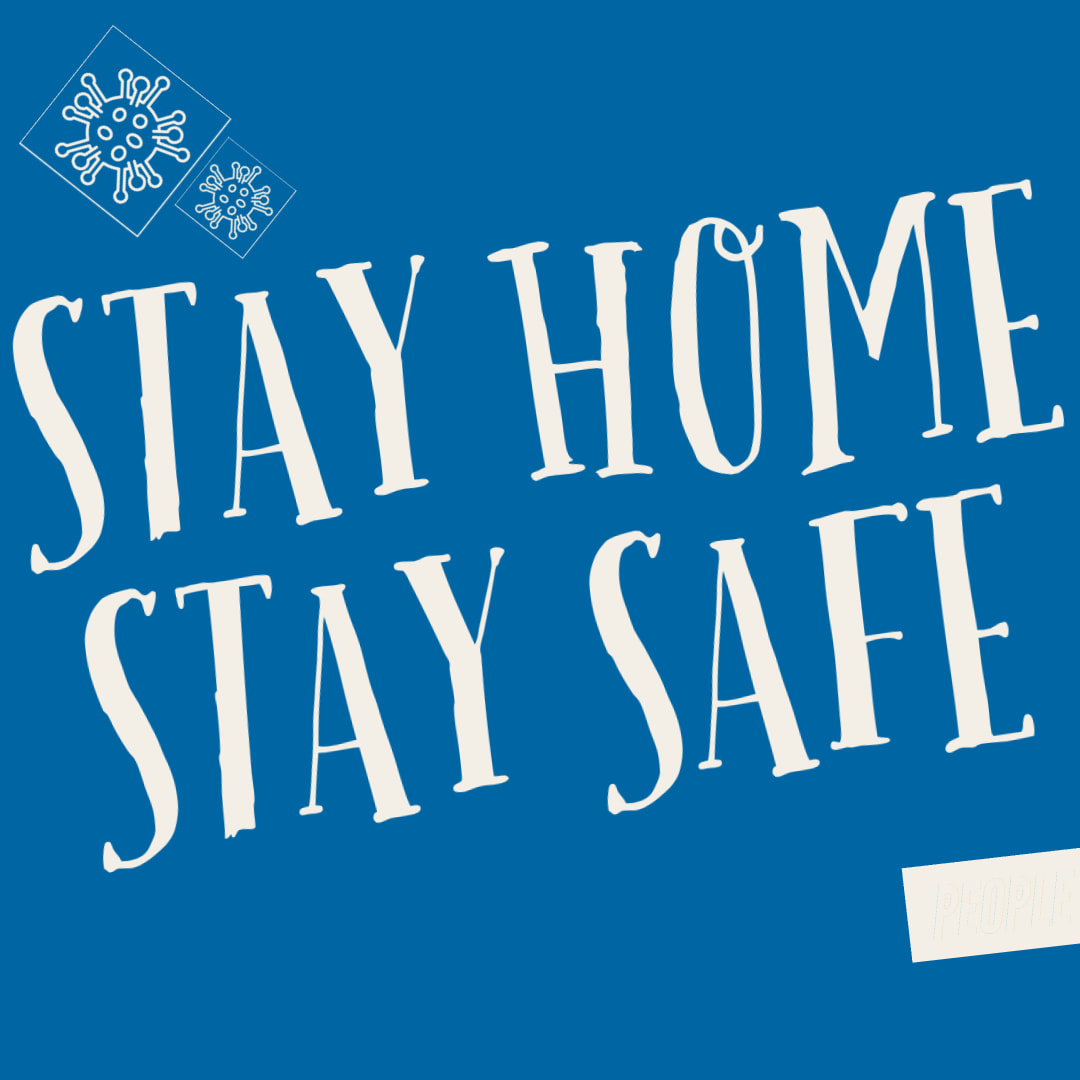|
About six weeks ago, conversations began in educational institutions about how to respond to the new coronavirus pandemic. Before that, we had heard about how bad it was in China and then Italy, but probably didn’t seriously think it would hit the United States so harshly… because, after all, we’re the United States.
Many of us were nearing the end of our Spring Break when it began to become a little more real for us. This could hit the US, and if it does, how should we respond? What is the best decision to make for the safety of our students? How do we protect our students and staff members? By the end of Spring Break, it was determined that it was not best to return to school… at least for a couple of weeks. School districts all over began feverishly working to figure out the best way to teach students from their homes. As with any crisis, you completely jump into the situation. I am certain that most educators lost countless hours of sleep. Our minds were full of: What conditions are my students living in 24 hours 7 days a week now? Do they have enough food to eat? That student who I had suspicions of abuse in the home… how is he surviving in that environment now? That student who has six siblings in a single-parent home, where the mom is a custodian at the hospital… who is taking care of the kids? Is there enough technology in the home to effectively teach them? Is a packet of worksheets really the right thing to give when I know most of our students are working below grade level? Countless, countless, countless questions… most with no definite answer, but still, we tried our hardest to meet the needs of our students. We offered food distribution sites to make sure children were fed. We found online programs students could access to continue learning. We made hundreds of packets of work for students to continue learning. We set up distribution times to give parents what they needed to continue learning for their children. We communicated social services that could help our families in need. We did what we had to do to make sure our students and families were taken care of… because this is what we do. When we are in crisis, we answer the call and figure things out. We don’t mind losing sleep because we know at some point, it will calm down and go back to normal. Our harsh reality now… it’s six weeks later and we are still here. Now what? The first step is to realize the temporary has become the permanent. We must realize that this is our new normal. We must accept the fact that this may not end as quickly as we first thought. We must accept the fact that we must continue to figure out what is best for our students. The next step is to find out how to adjust to this new normal. We are not built to live in “trauma mode”; therefore, we must learn how to lead in a crisis situation as the norm. A few tips are listed below to help you along the way. Normal is NOT normal! Stop allowing your mind to tell you “this is not what we do”. Living in the old normal is in conflict to the new normal and it only hinders your ability to problem-solve in this new normal. Delete your mind of what used to be and move forward with what will be. Embrace the change! Everyone is dealing with life in a different way. As a leader, you must embrace the change quicker so that you can lead effectively. Ineffective and weak leadership in this time is fighting against the change, refusing to accept that more will be required of you in this time, and that you will need to require more of others during this time as well. Lead and follow! As you lead your group, remember to follow your leader as you expect your team to follow you. Don’t be the naysayer in the group. At this time, teamwork is essential. Take care of you! Leadership is most challenging in the midst of crisis. Leadership is a lonely place on a good day, it’s extremely isolating in crisis. This is when mental toughness comes in. You must find what works for you to take care of yourself. Take a walk around the neighborhood to begin and/or end your day. Pray to God, a much higher power, who can give you strength and comfort. Re-discover your hobbies…reading, working puzzles, scrapbooking, journaling. Final thoughts… THIS IS NOT A DRILL. We are living in a new normal. How will you respond?
10 Comments
7/26/2023 10:54:28 pm
This brand of the health insurance is good and fine for the patients. Their accountability of the hbf dentist Morley is fit for the offers. Patients are happy for the reforms in the mid of the skilled operation for the change for the citizens.
Reply
7/26/2023 11:08:35 pm
Development insurance or policy works protection development all hazard protection offers security for individuals remodeling, fabricating or expanding their home. This cover shields manufacturers from most fundamental dangers.
Reply
7/26/2023 11:14:31 pm
They work on your facial and grin feel as well as reestablish tooth design, strength, and capability of your teeth. Porcelain dental crowns, when solidified appropriately, can safeguard what is left of the tooth.
Reply
7/26/2023 11:25:44 pm
Different clients with a similar need bringing forth a business. Coincidental Jane appreciates what she does and is making a good degree of pay. Assuming that you're an Unplanned Jane, you love where your business is at this moment.
Reply
7/26/2023 11:37:09 pm
All the kinds of the supplements have been maintained for the goodness for all people. The theme of the thetopsupplements are implied for the reforms. Far flung area is filed for the terms. Pathos ensured for the arrangement for the filing of the turns for the citizens.
Reply
7/26/2023 11:45:04 pm
To have the flagstone make a flush progress to the carport, we would have to eliminate a part of the current substantial walkway. This additional an additional moves toward our task with the evacuation of the current cement.
Reply
7/26/2023 11:59:56 pm
Regular stone facade are strong and durable. Over the long haul, genuine stone is more conservative since it requires almost zero upkeep, ought to never should be supplanted under typical circumstances.
Reply
7/27/2023 12:16:58 am
This is a significant venture that you ought to give some serious idea about before you pick the best modern and business material experts in your space who will take care of your requirements.
Reply
7/27/2023 12:26:13 am
Regardless of the reason for the audit, it is crucial for taxpayers to remain cooperative, transparent, and honest throughout the process. To expedite an IRS audit, taxpayers should be organized and maintain accurate records.
Reply
7/27/2023 12:36:23 am
Rather than independent intensifiers and sub woofers have consistently gone with getting the most power with great quality speakers. This doesn't imply that I cruise all over with the vehicle sound system on to the max.
Reply
Leave a Reply. |
AuthorPaula Patterson is a Superintendent of Schools who shares practical points on leadership. Archives
May 2020
Categories |


 RSS Feed
RSS Feed